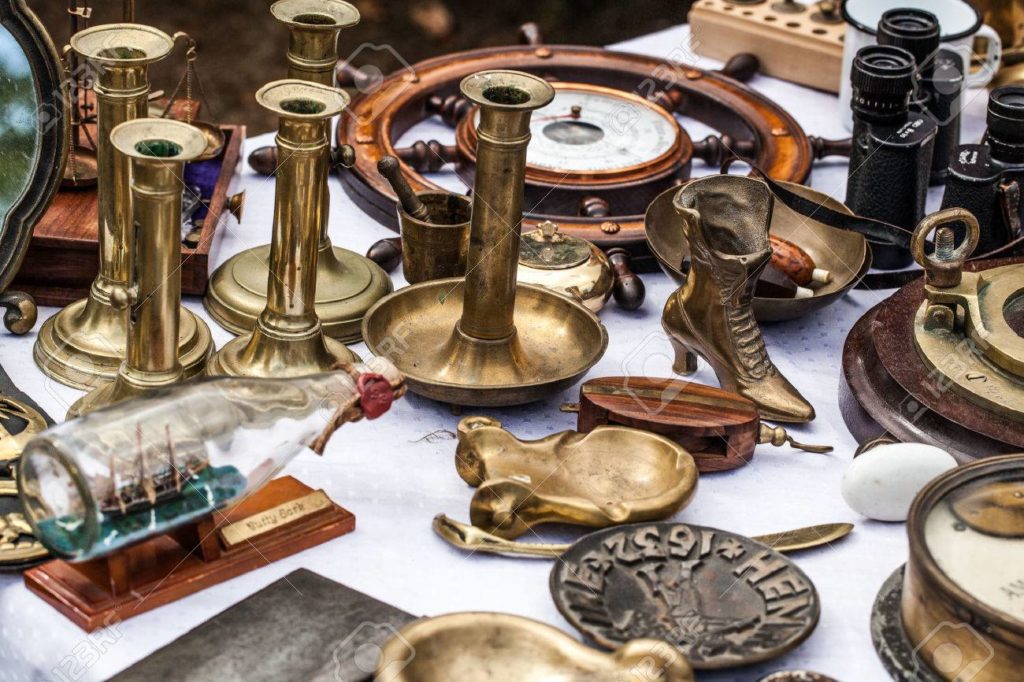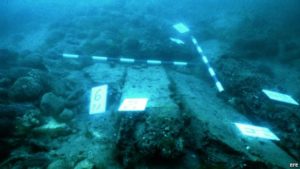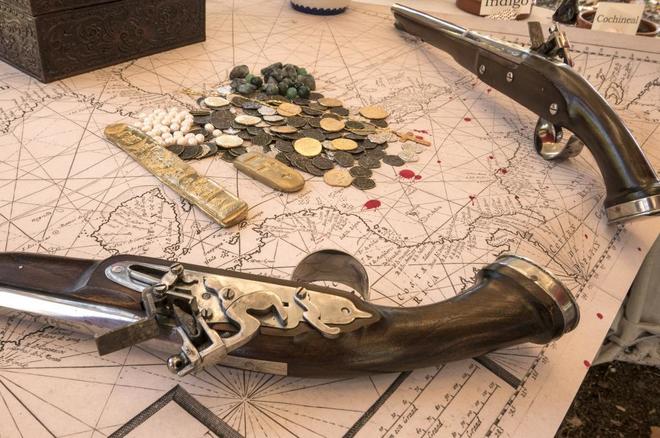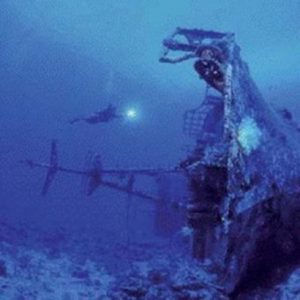 OCUPA CUBA PRIMER LUGAR EN SITIOS DE BARCOS ESPAÑOLES CON TESOROS HUNDIDOS.
OCUPA CUBA PRIMER LUGAR EN SITIOS DE BARCOS ESPAÑOLES CON TESOROS HUNDIDOS.
Tras cinco años de trabajo documental, el Ministerio de Cultura de España ha elaborado el mayor mapa del tesoro de la historia con la ubicación exacta de casi 700 barcos hundidos en el Caribe entre 1492 y 1898.
Las naves del Imperio español que surcaban los mares del mundo portaban las más variadas cargas. Entre ellas, los expertos han constatado oro, plata, perlas, esmeraldas y marfil, pero también cerámica Ming, tabaco, azúcar, vainilla o cacao, además de esclavos, artillería, libros o reliquias de Jerusalén. Así se fueron al fondo del mar, entre otros, los galeones Nuestra Señora del Rosario y Nuestra Señora de la Victoria, en 1590 a orillas del cabo San Antón (Cuba).
Del total de naufragios documentados, solo el 23% tiene indicios arqueológicos. El resto está sin explorar, precisó el diario El País.
Entre los registros se encuentran la mítica Santa María (la primera nave europea hundida en América), los barcos que perdió Hernán Cortés en su conquista de México, los que estaban al mando de Francisco de Pizarro o Núñez de Balboa, pero también las coordenadas donde el mar engulló los tesoros más increíbles de oro, plata, esmeraldas o descomunales perlas.
El país con mayor número de pecios españoles identificados es Cuba (con 249), seguido de la costa atlántica de EEUU (153), área que incluye las famosas islas de los piratas, y la Antigua Florida (150), una zona que se extendía por los actuales estados de Texas, Luisiana, Misisipi, Florida, Georgia y Alabama. En Panamá, por ejemplo, se han ubicado 66 naufragios y en La Española, 63.
En el inventario español se detalla la ubicación de cada pecio, el nombre de la nave, el tipo de barco, el nombre del capitán, el armamento y la carga embarcada, así como la tripulación y los pasajeros.
Entre los nombres más afamados, además de Cristóbal Colón, que también perdió la nave Vizcaína en Panamá, se pueden leer los de Vicente Yáñez Pinzón (dos carabelas en 1500 en Abrojos, República Dominicana), Juan de la Cosa y Núñez de Balboa (dos naos en Haití, 1501), Pizarro (una nave en Nombre de Dios, Panamá, en 1544), Pánfilo de Narváez (dos barcos, en Trinidad en 1527) o dos que eran propiedad de Álvaro de Bazán (Santo Domingo, 1553).También se ha documentado la carga que lanzó por la borda Juan de Benavides para que no fuera robada por los piratas holandeses en Matanzas (Cuba).
En los puertos las flotas del Rey también se hundían, y a decenas. En 1768 se fueron a pique 70 barcos a causa de un huracán en el puerto de La Habana, lo mismo que pasó en 1810 con otras 60 embarcaciones en el mismo abrigo, recuerda El País.
La Subdirección General de Patrimonio Histórico de España solo ha terminado una de las diversas partes que tendrá en el futuro el mapa del tesoro, que los especialistas prefieren denominar del mapa del patrimonio cultural sumergido del Imperio español, ya que el actual se ha ceñido a los hundimientos en el Caribe y en la costa atlántica de EEUU.
Quedan por rastrear los naufragios del Pacífico, el Atlántico Sur o Filipinas para tener una idea fiel del volumen del transporte marítimo español entre los siglos XV y XIX y de la cantidad exacta de barcos que se perdieron, principalmente por las tormentas en los mares que dominaba España, porque lo de los piratas es más leyenda que otra cosa, concluye El País.

www.TheCubanHistory.com < SEARCH = OVER 7,000 ARTICLES ABOUT CUBA.
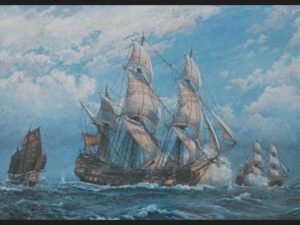 CUBA TAKES FIRST PLACE IN SITES OF SPANISH SPHIPS SUNKEN WITH TREASURES.
CUBA TAKES FIRST PLACE IN SITES OF SPANISH SPHIPS SUNKEN WITH TREASURES.
After five years of documentary work, the Ministry of Culture of Spain has developed the largest treasure map in history with the exact location of almost 700 ships sunk in the Caribbean between 1492 and 1898.
The ships of the Spanish Empire that sailed the seas of the world carried the most varied loads. Among them, experts have found gold, silver, pearls, emeralds and ivory, but also Ming pottery, tobacco, sugar, vanilla or cocoa, as well as slaves, artillery, books or relics of Jerusalem. Thus, the galleons Our Lady of the Rosary and Our Lady of Victory went to the bottom of the sea, in 1590 on the shores of Cape San Antón (Cuba).
Of the total documented shipwrecks, only 23% have archaeological evidence. The rest is unexplored, the newspaper El País said.
Between the registries they are the mythical Santa Maria (the first European ship sunk in America), the boats that Hernán Cortés lost in his conquest of Mexico, those that were to the control of Francisco de Pizarro or Núñez de Balboa, but also the coordinates where the sea swallowed the most incredible treasures of gold, silver, emeralds or huge pearls.
The country with the highest number of identified Spanish wrecks is Cuba (with 249), followed by the Atlantic coast of the USA (153), area that includes the famous pirate islands, and Antigua Florida (150), an area that stretched by the current states of Texas, Louisiana, Mississippi, Florida, Georgia and Alabama. In Panama, for example, 66 shipwrecks have been located and in La Española, 63.
The Spanish inventory details the location of each wreck, the name of the ship, the type of ship, the name of the captain, the armament and the cargo loaded, as well as the crew and passengers.
Among the most famous names, in addition to Christopher Columbus, who also lost the ship Vizcaína in Panama, you can read those of Vicente Yáñez Pinzón (two caravels in 1500 in Abrojos, Dominican Republic), Juan de la Cosa and Núñez de Balboa (two naos in Haiti, 1501), Pizarro (a ship in Nombre de Dios, Panama, in 1544), Pánfilo de Narváez (two ships, in Trinidad in 1527) or two that were owned by Álvaro de Bazán (Santo Domingo, 1553). The cargo Juan de Benavides threw overboard was also documented so that it was not stolen by the Dutch pirates in Matanzas (Cuba).
In the ports, the fleets of the King also sank, and dozens. In 1768 70 ships went down because of a hurricane in the port of Havana, the same happened in 1810 with another 60 boats in the same shelter, recalls El País.
The General Subdirectorate of Historical Heritage of Spain has just completed one of the various parts that will have in the future the treasure map, which specialists prefer to call the map of the submerged cultural heritage of the Spanish Empire, since the current one has stuck to the subsidence in the Caribbean and on the Atlantic coast of the USA.
The shipwrecks of the Pacific, the South Atlantic or the Philippines remain to be traced to have a true idea of the volume of Spanish maritime transport between the 15th and 19th centuries and the exact number of ships that were lost, mainly due to the storms in the seas that dominated Spain, because the pirates are more legend than anything else, concludes El País.
Agencies/ DDC/ El Pais, Spain/ Internet Photos/ Arnoldo Varona/ www.TheCubanHistory.com
THE CUBAN HISTORY, HOLLYWOOD.

www.TheCubanHistory.com < SEARCH = OVER 7,000 ARTICLES ABOUT CUBA.



